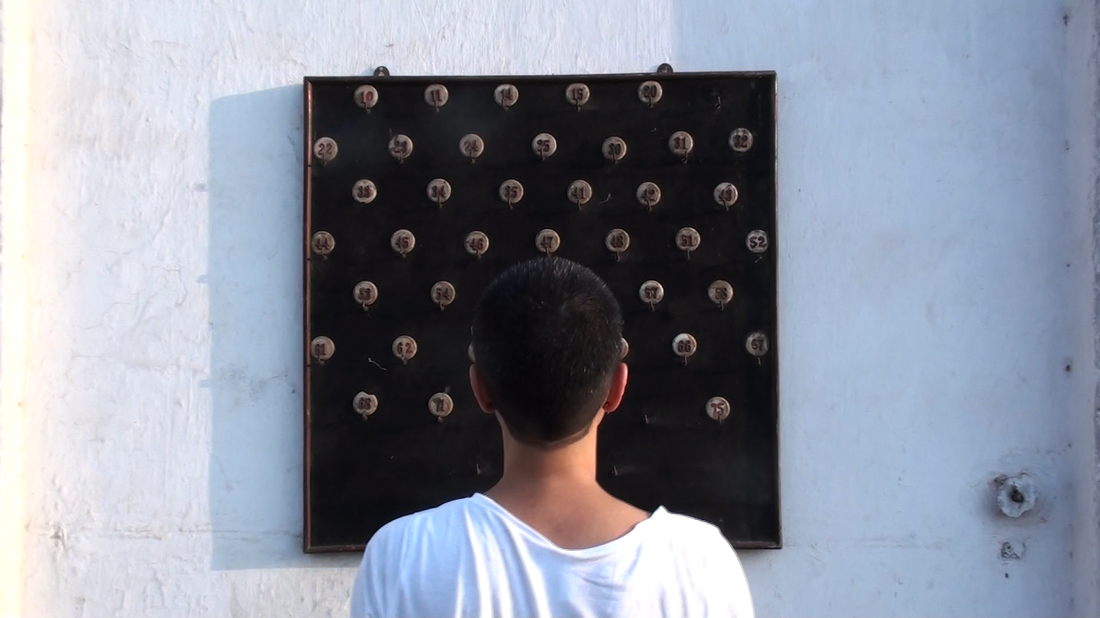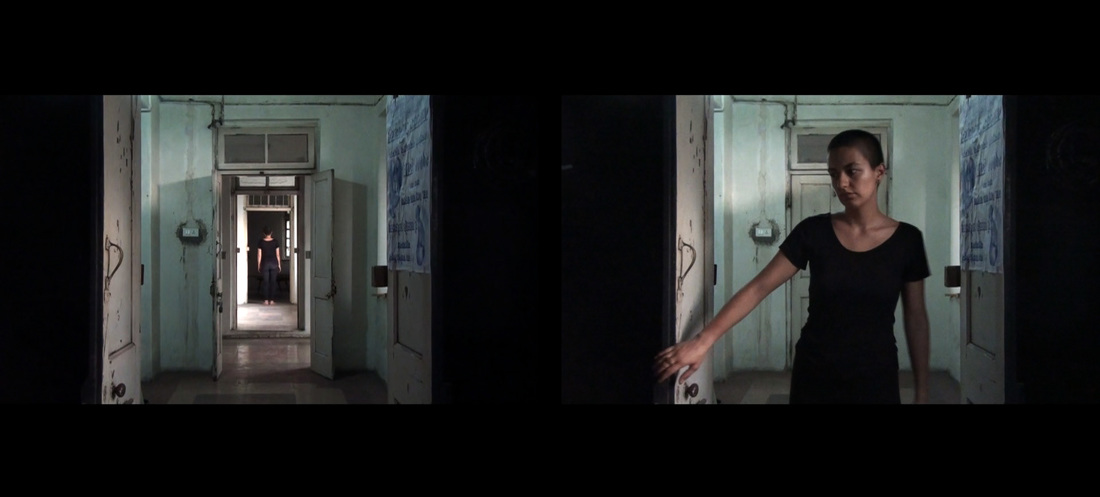Rites of Passage (2016)
|
TIFA Artel Residency 2016: Identity of Space. Pune, India.
Video and Sound: Utsa Hazarika With thanks to: Nooshin Rostami, Chiu Chih-hua, Aditya Fachrizal Hafiz, Madhu Das, Eva Bubla, Lilli Tölp, Shimul Saha, Priyesh Trivedi, Natasha Nargolkar, Trishla Talera, Roshan Talera, Noopur Desai and Vinit Nemmaniwar. Rites of Passage explores the artists-in-residence space of TIFA as a space of transition. It takes place in the old and (until recently) abandoned building of the Hotel Wellesley in Pune, which is being reclaimed as an artists’ space by TIFA. The presence of the artists in this building renders it as much a space in transition, as it is a space of transition for the artists and their practices. The title draws on the work of van Gennep, an anthropologist credited with coining the phrase ‘rites of passage’ in his studies of rituals performed to mark periods of transition in a person’s life, such as births, deaths, marriage and coming of age ceremonies. Van Gennep’s analogy of a society as ‘a house divided into rooms and corridors’, where ceremonies are performed when individuals pass from one room or section to another, is also referenced in the imagery of the artists in the rooms, stairs and hallways of the TIFA space. The transitions achieved by this passage are, however, conceived here as non-hierarchical, in contrast to most of those described by van Gennep and other anthropologists. The board with key hooks, salvaged from the hotel’s storage space and part of its old furniture, shows the room numbers for what used to be hotel rooms, and now function as artists’ studios. These sequences illustrate non-hierarchical and non-linear movements, which can move back and forth and in any direction, unlike those of traditional rites of passage which are predicated on social order and status. The idea of a liminal space is also referenced through other acts and events, such as the fireworks and the shaving of heads, which suggest the marking of a celebration or ritual. These events took place at TIFA independently of this video project, and were recorded and re-contextualized by drawing on an anthropological approach to ritual and gesture. |




